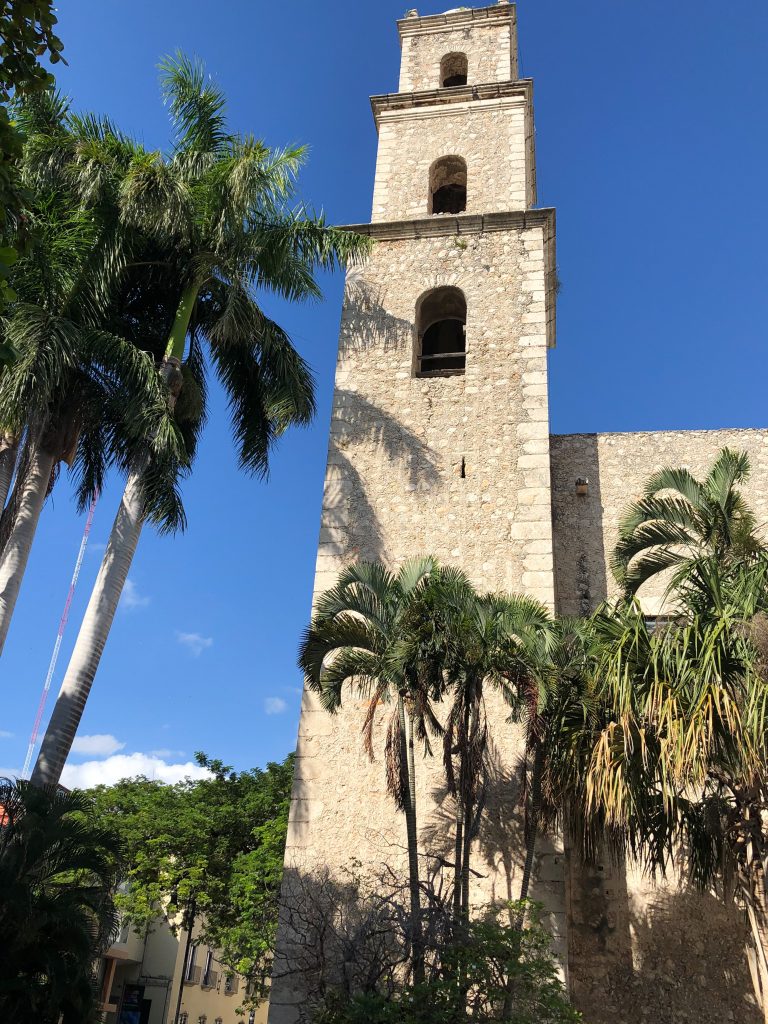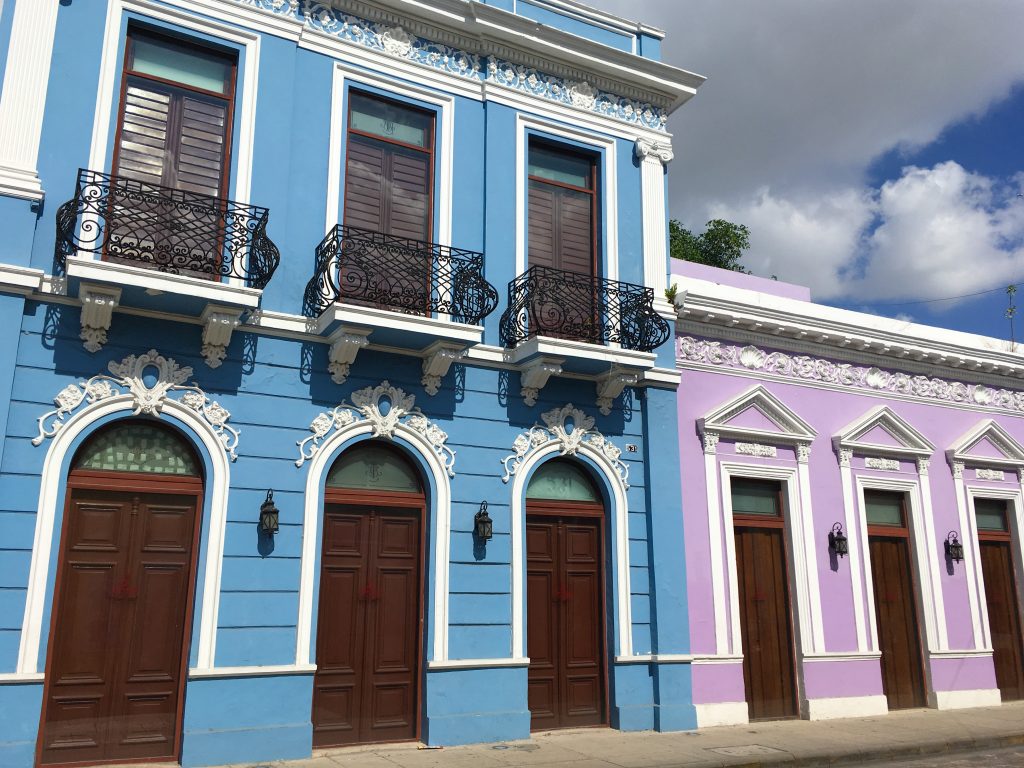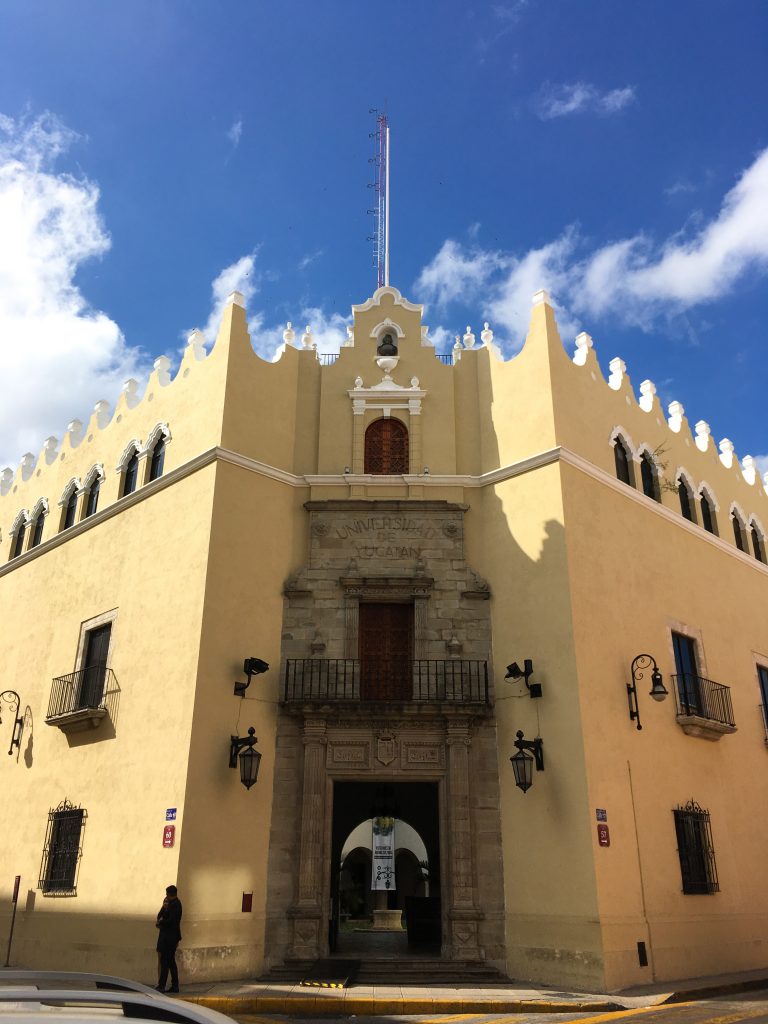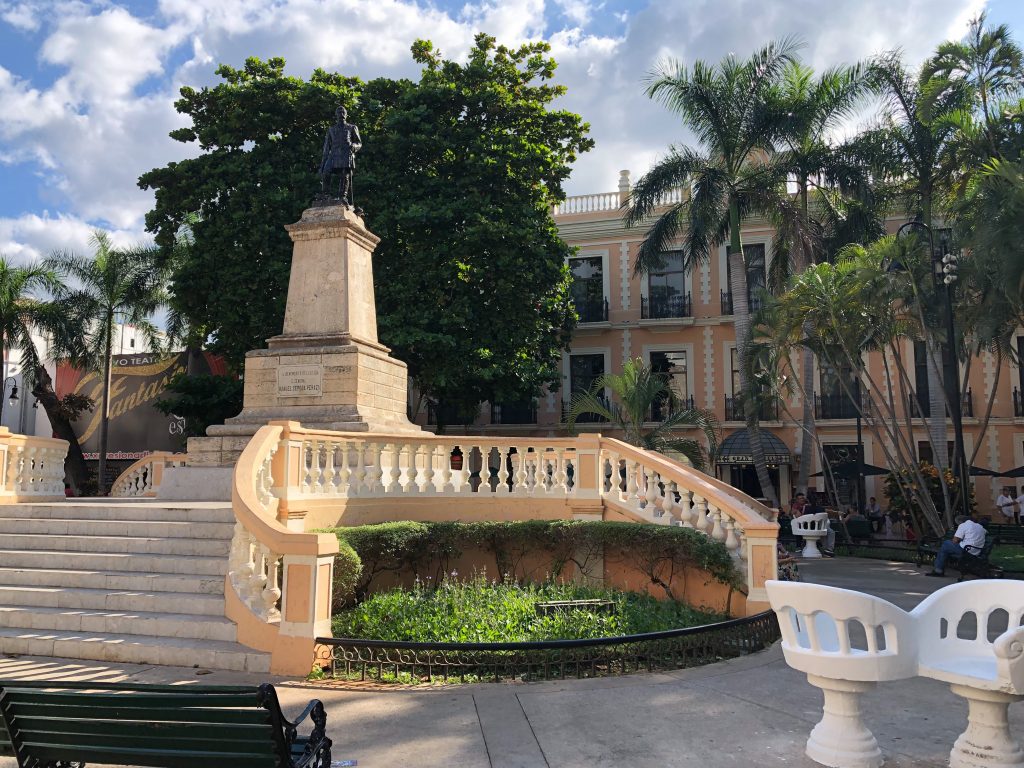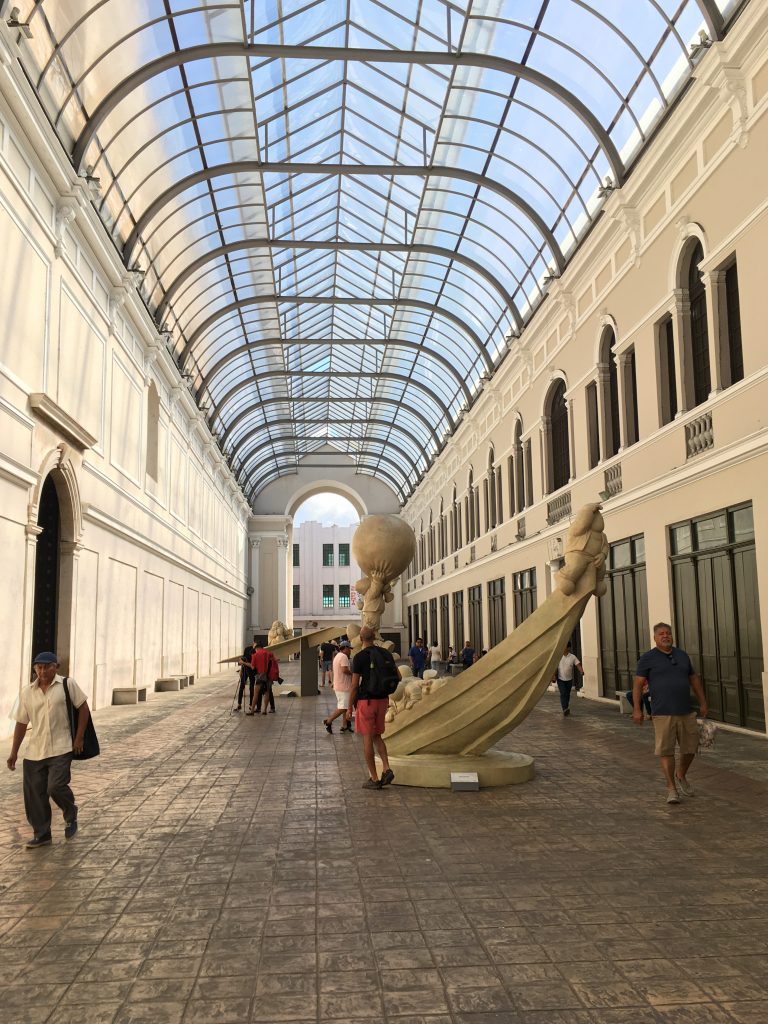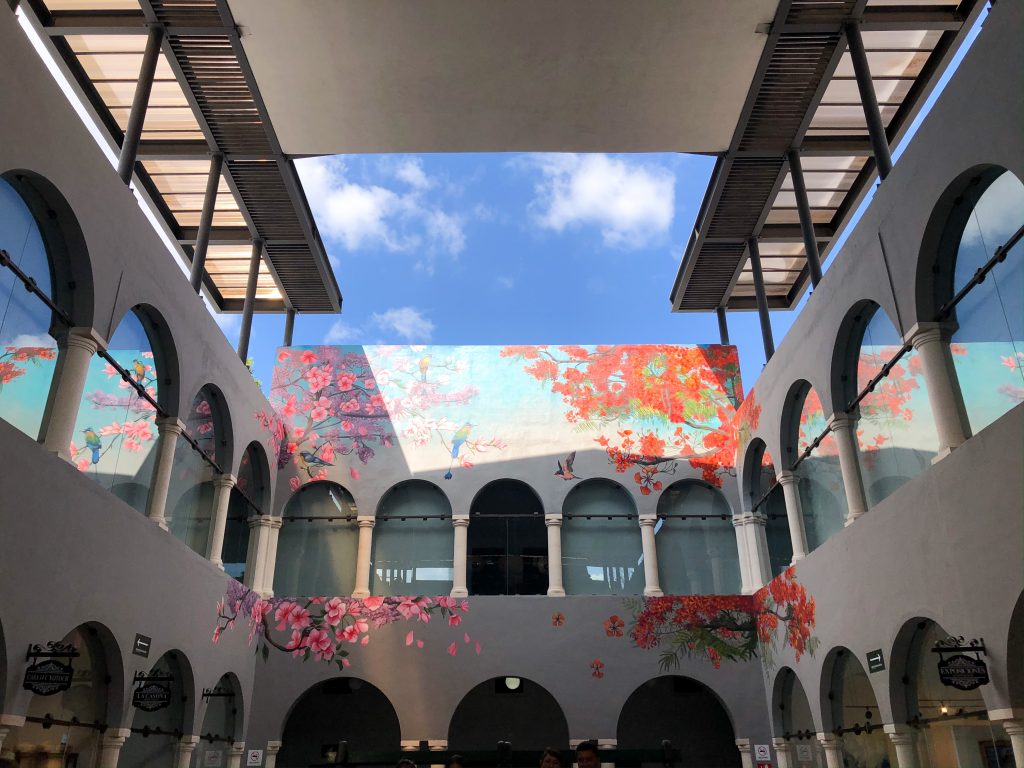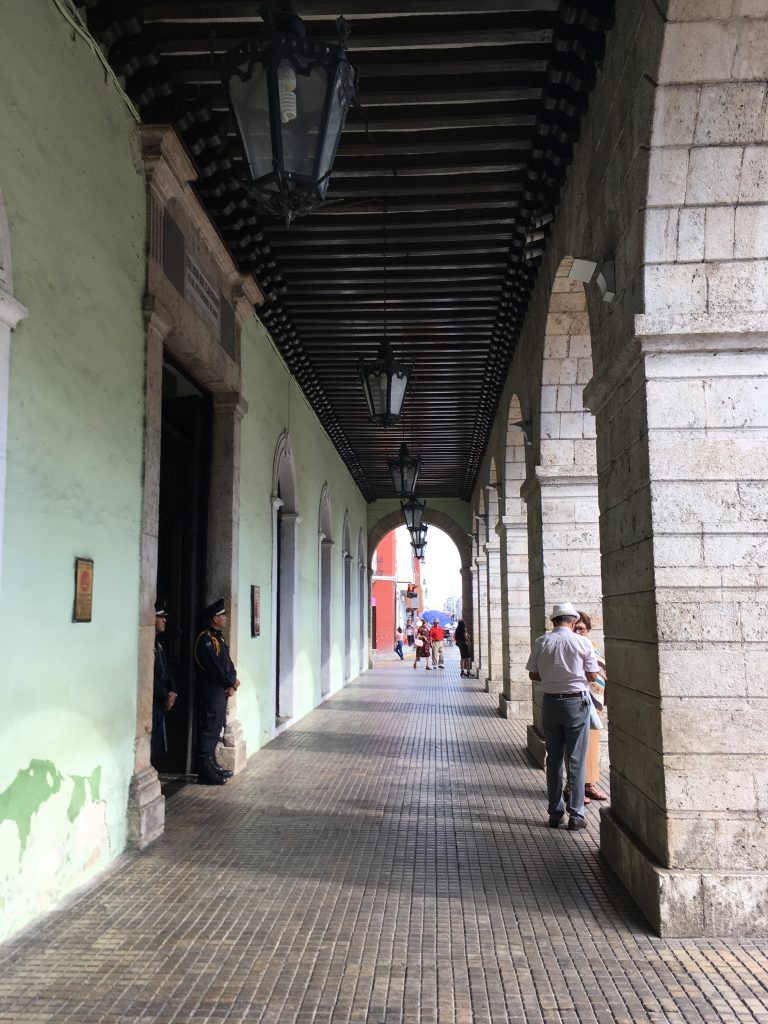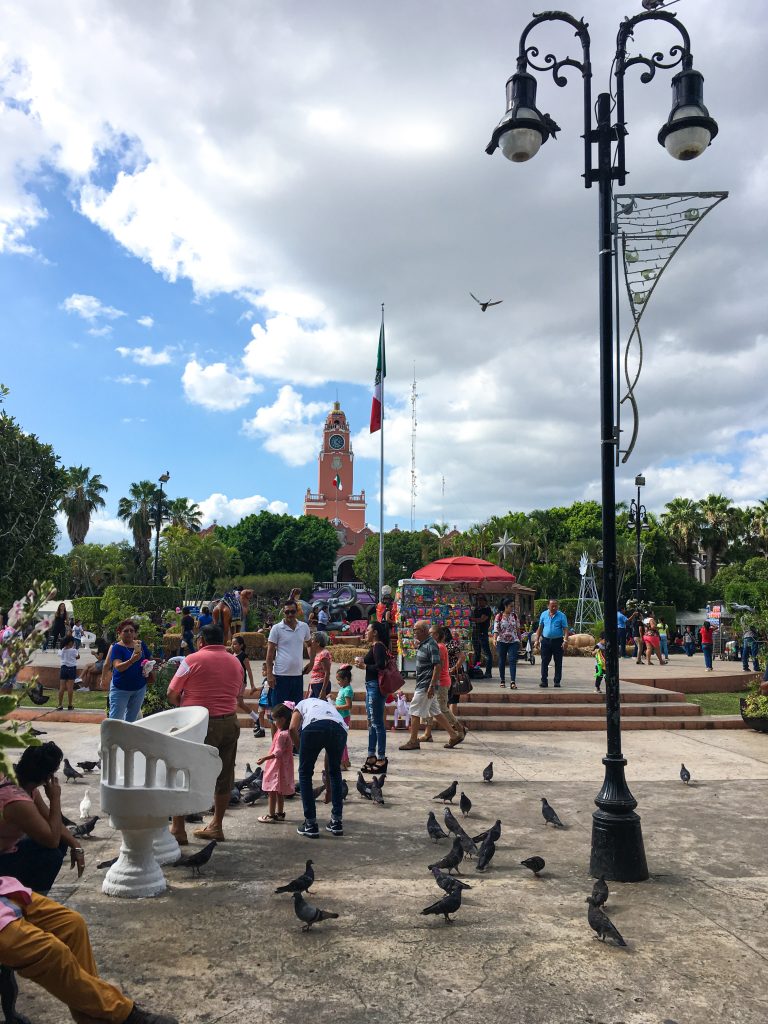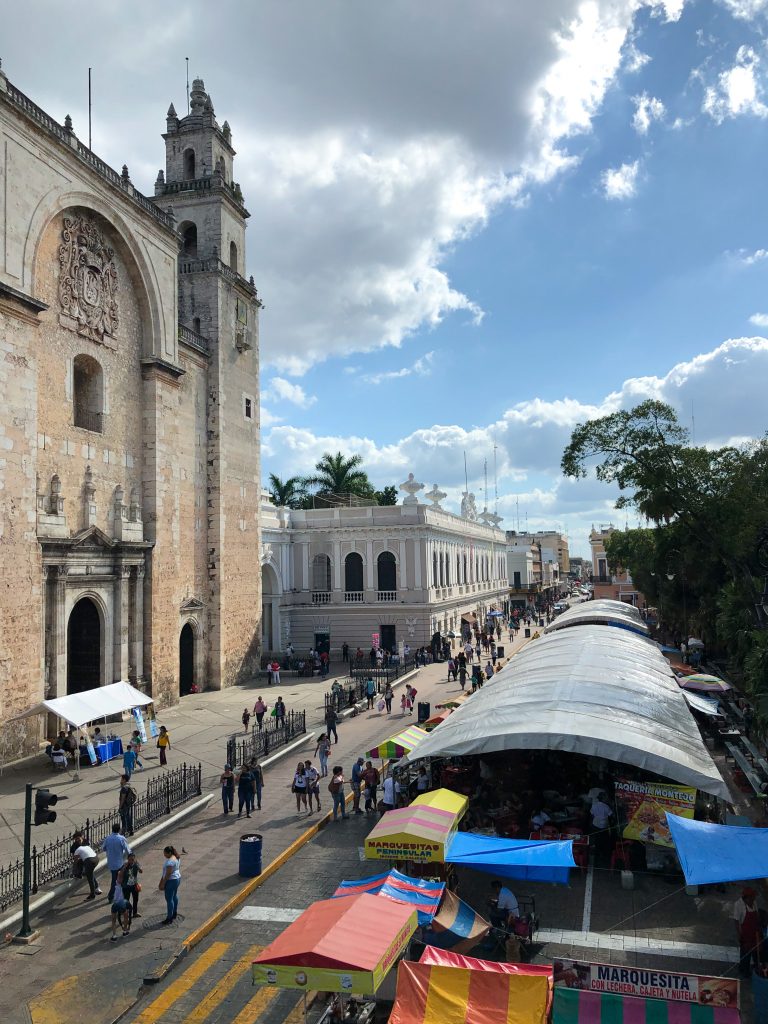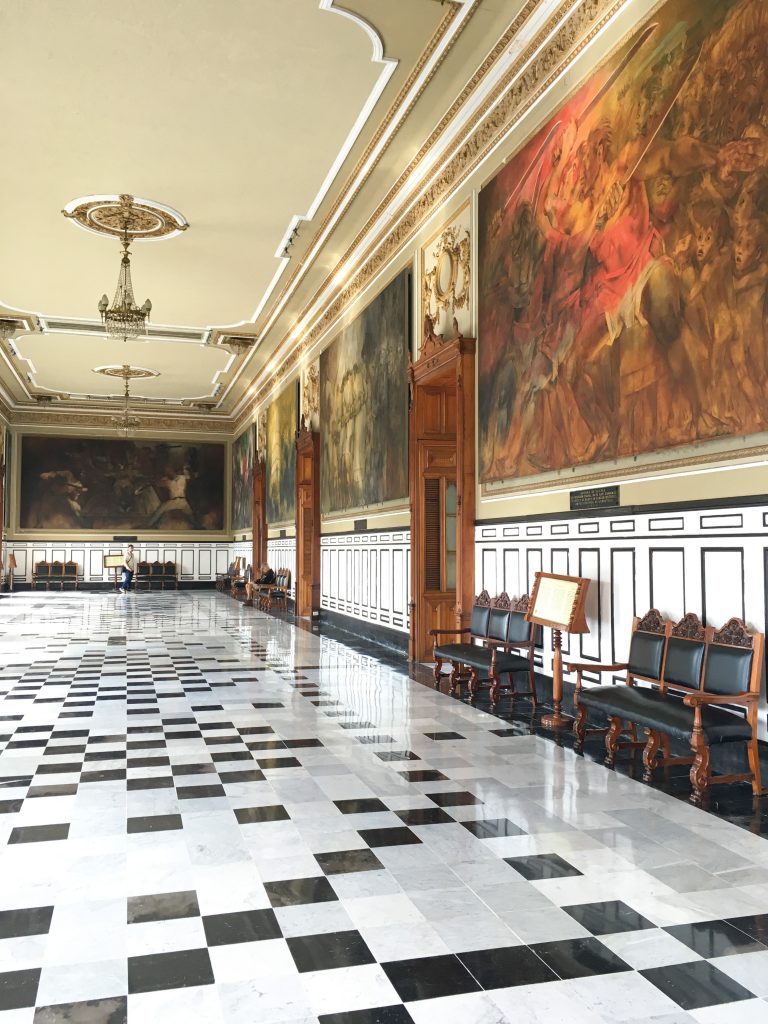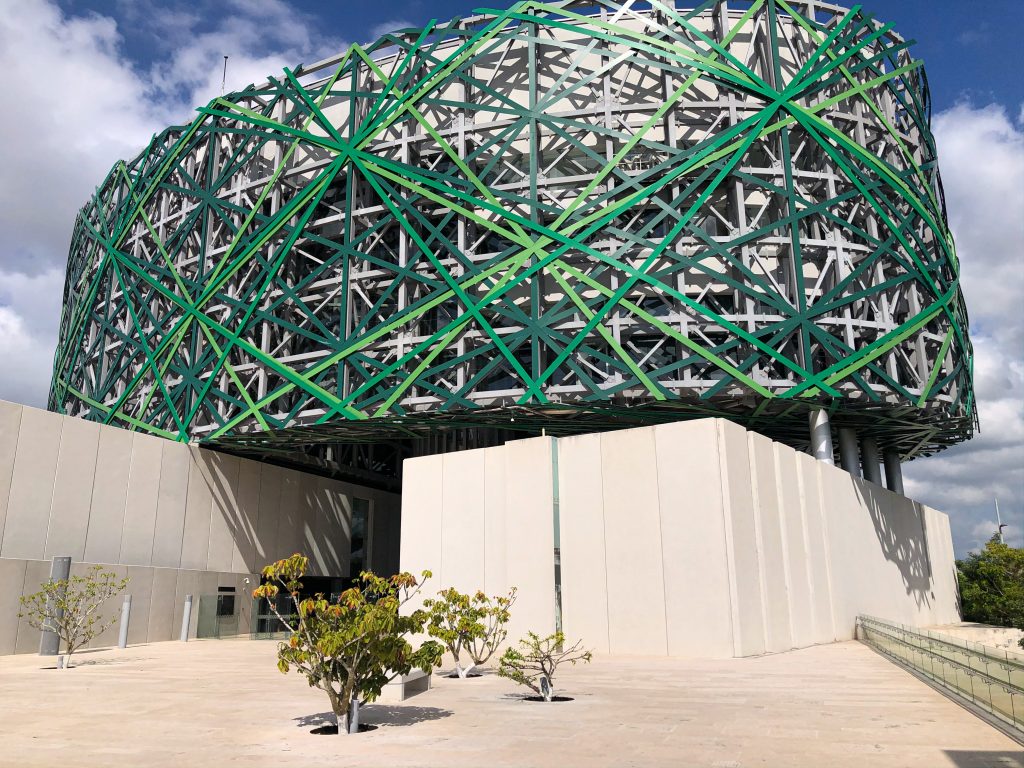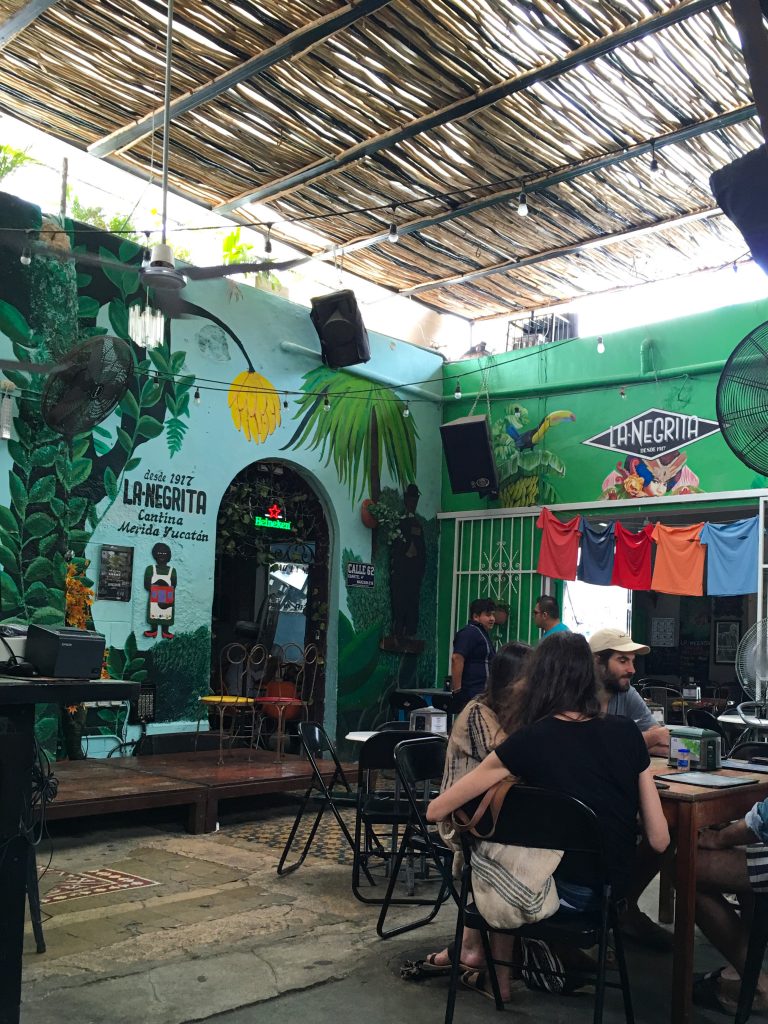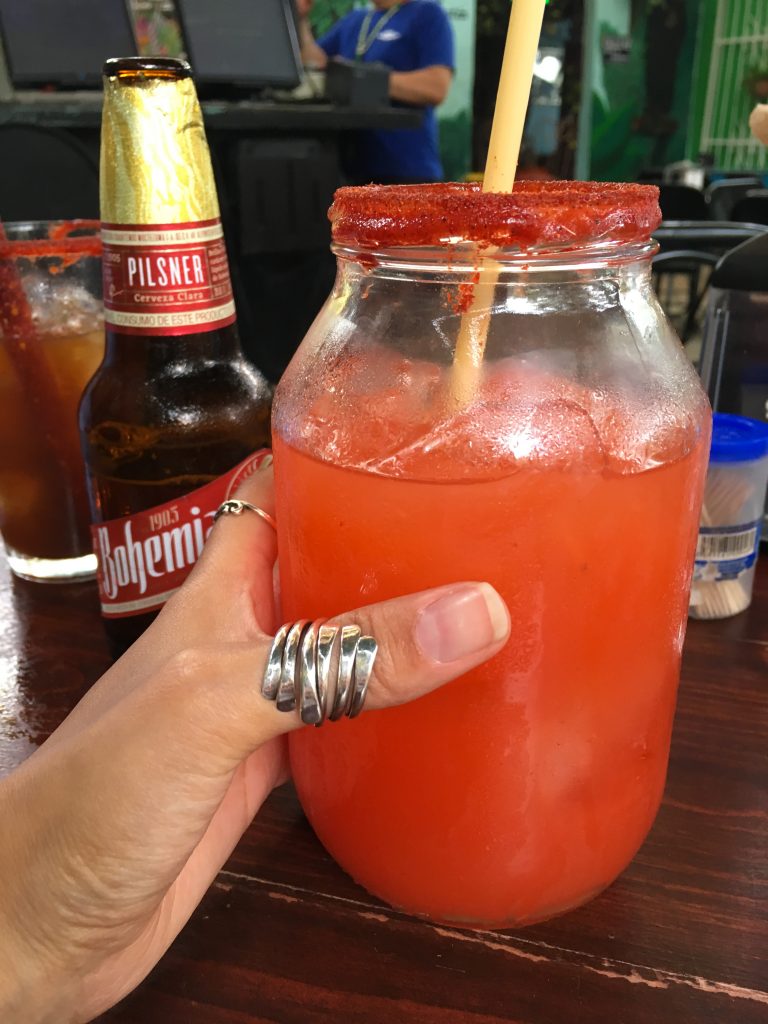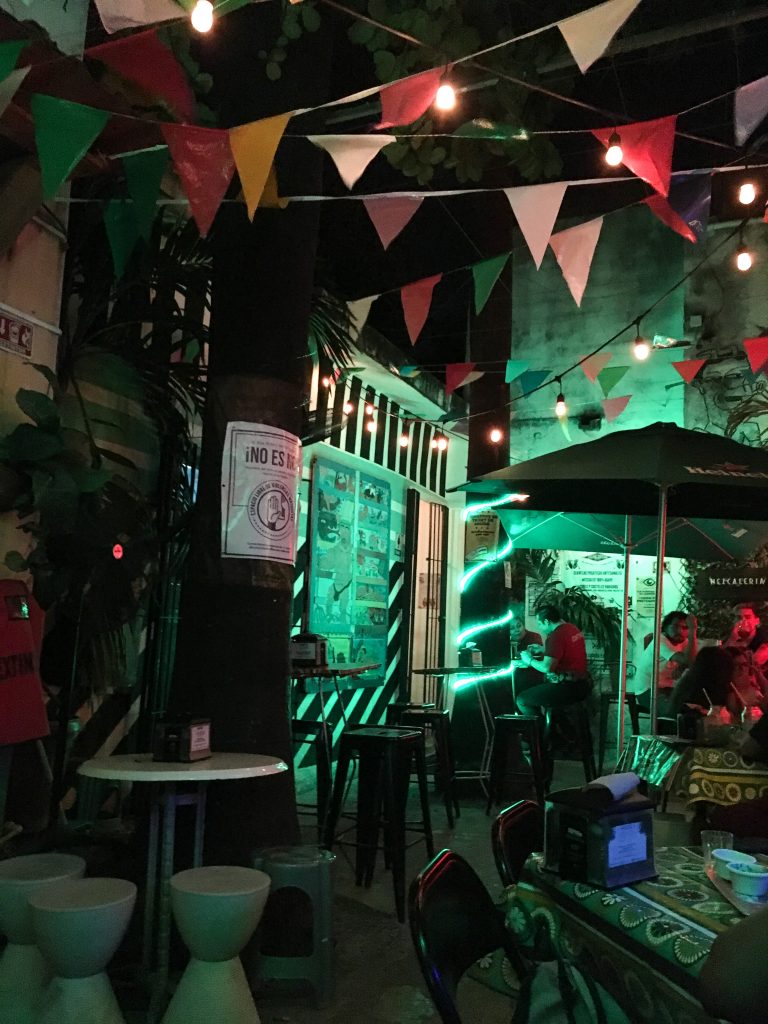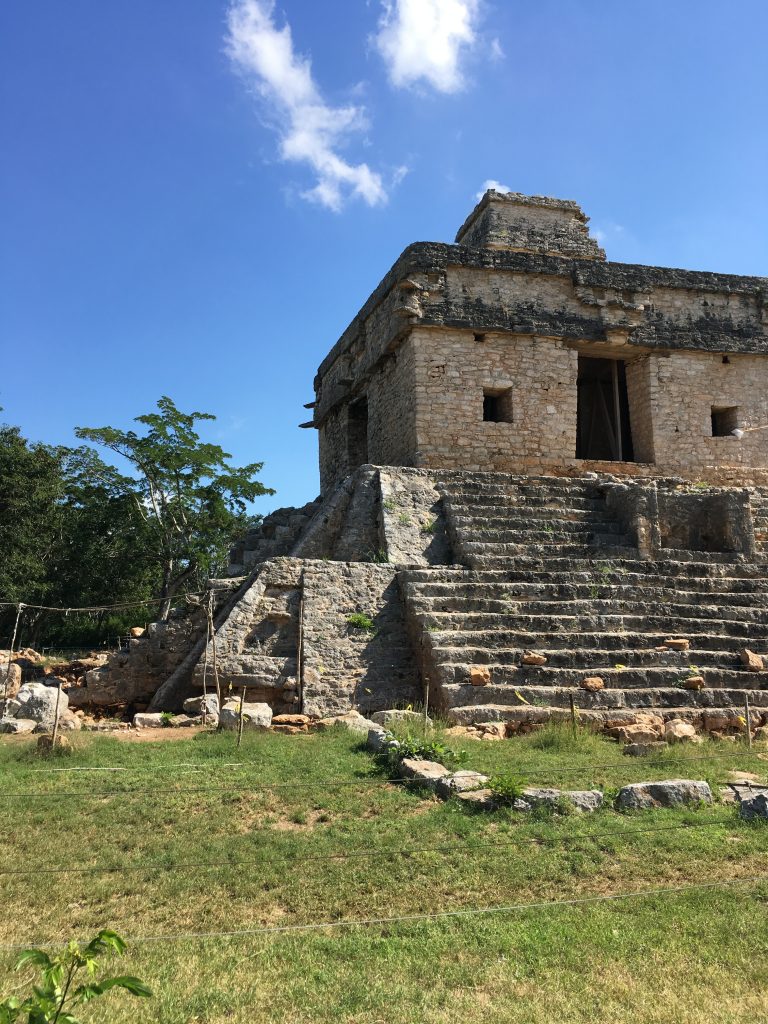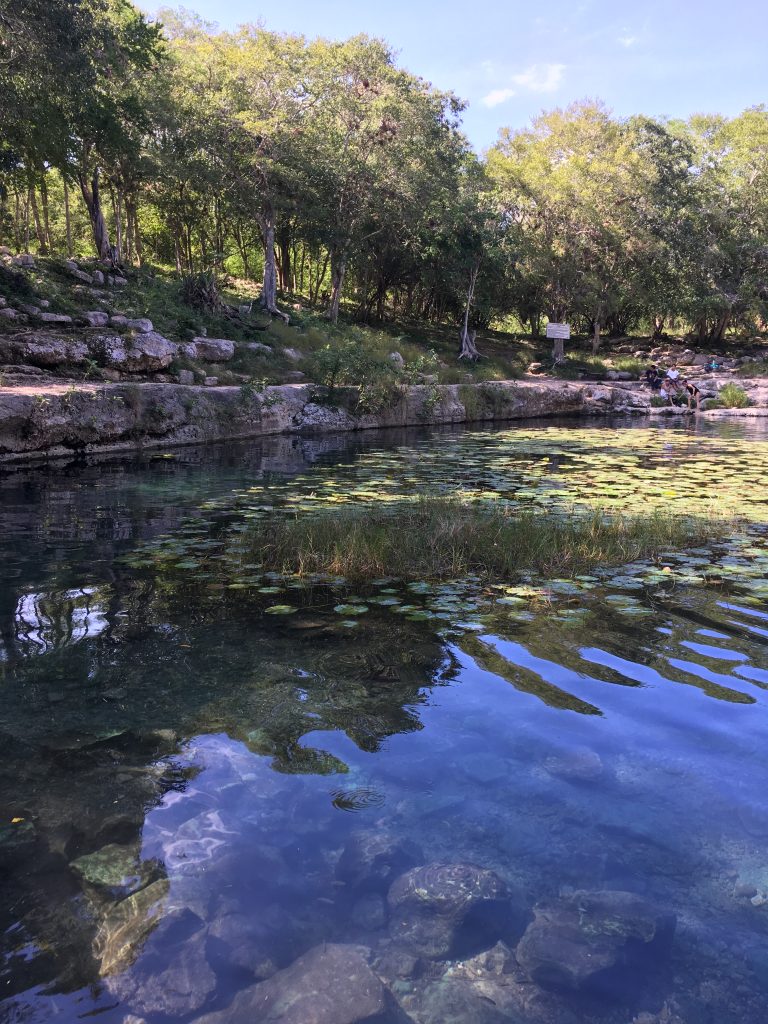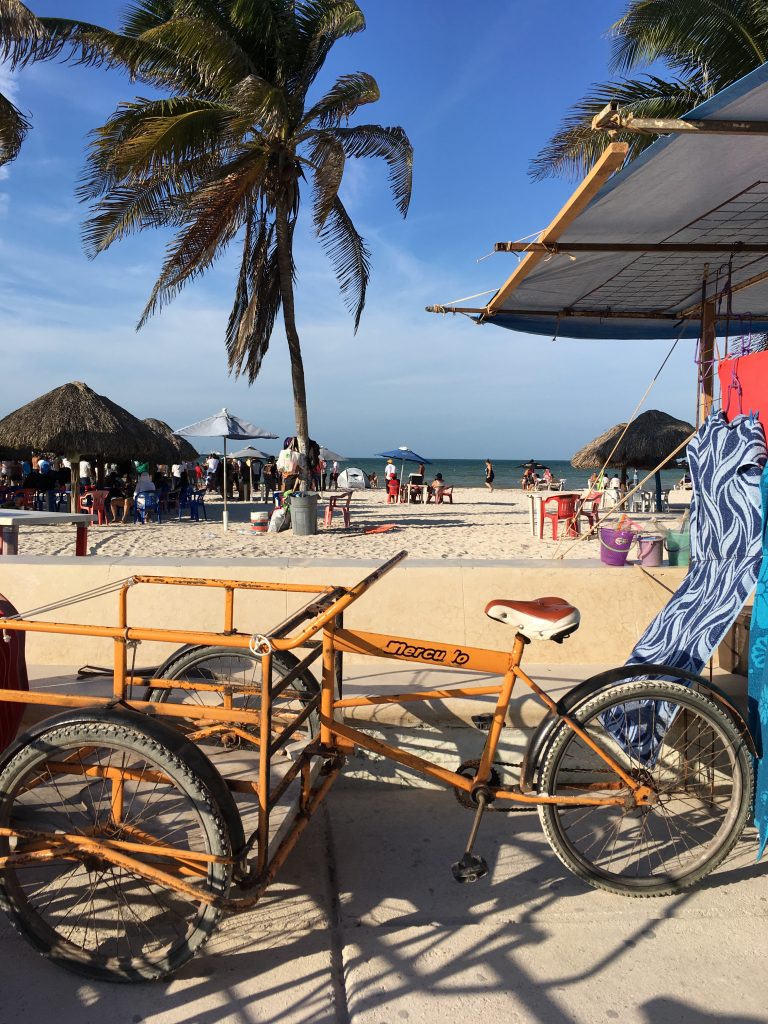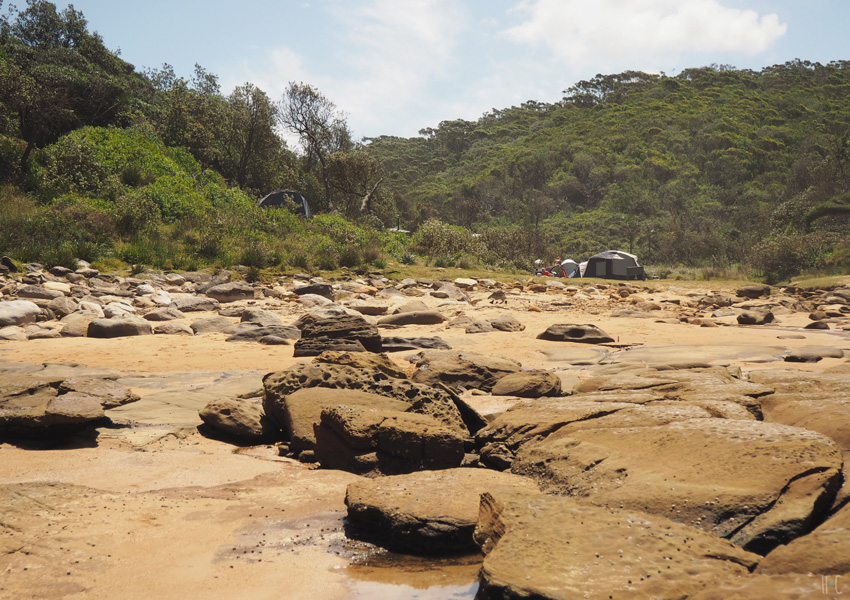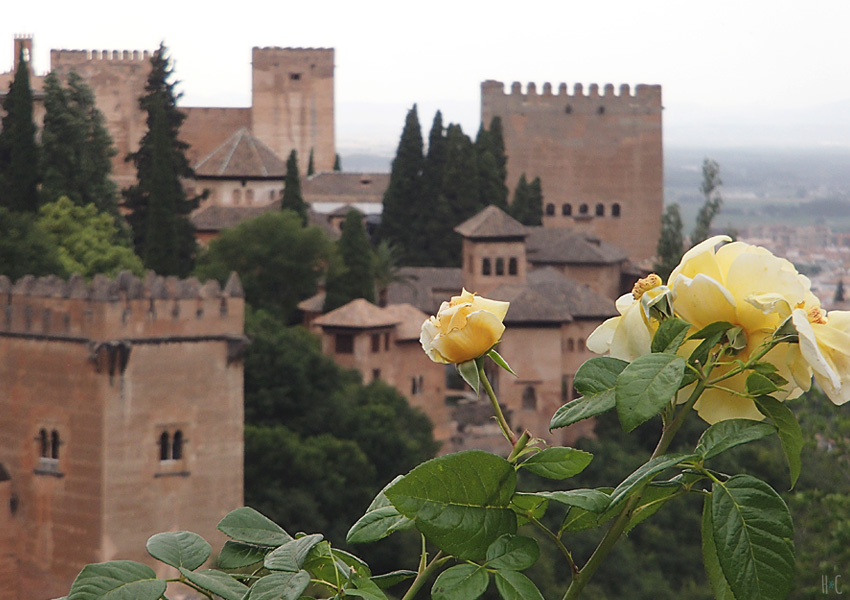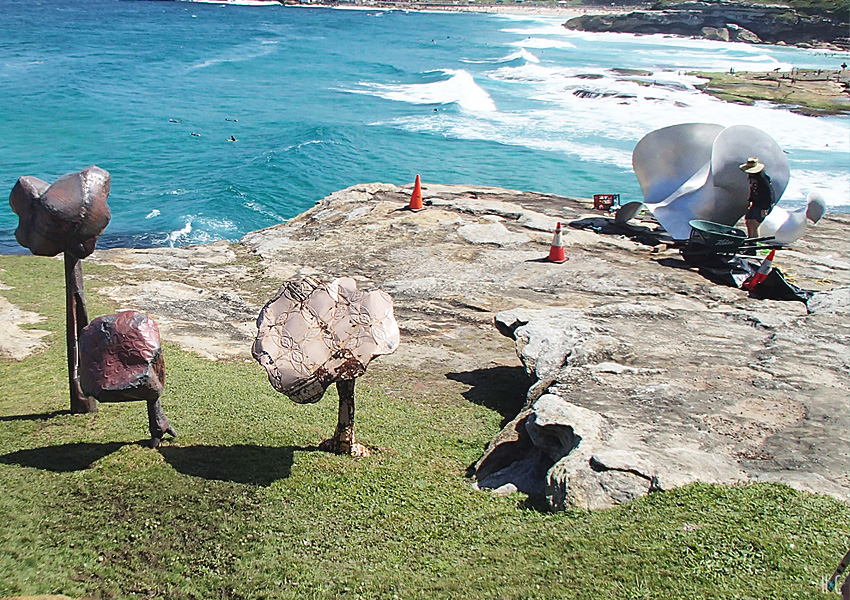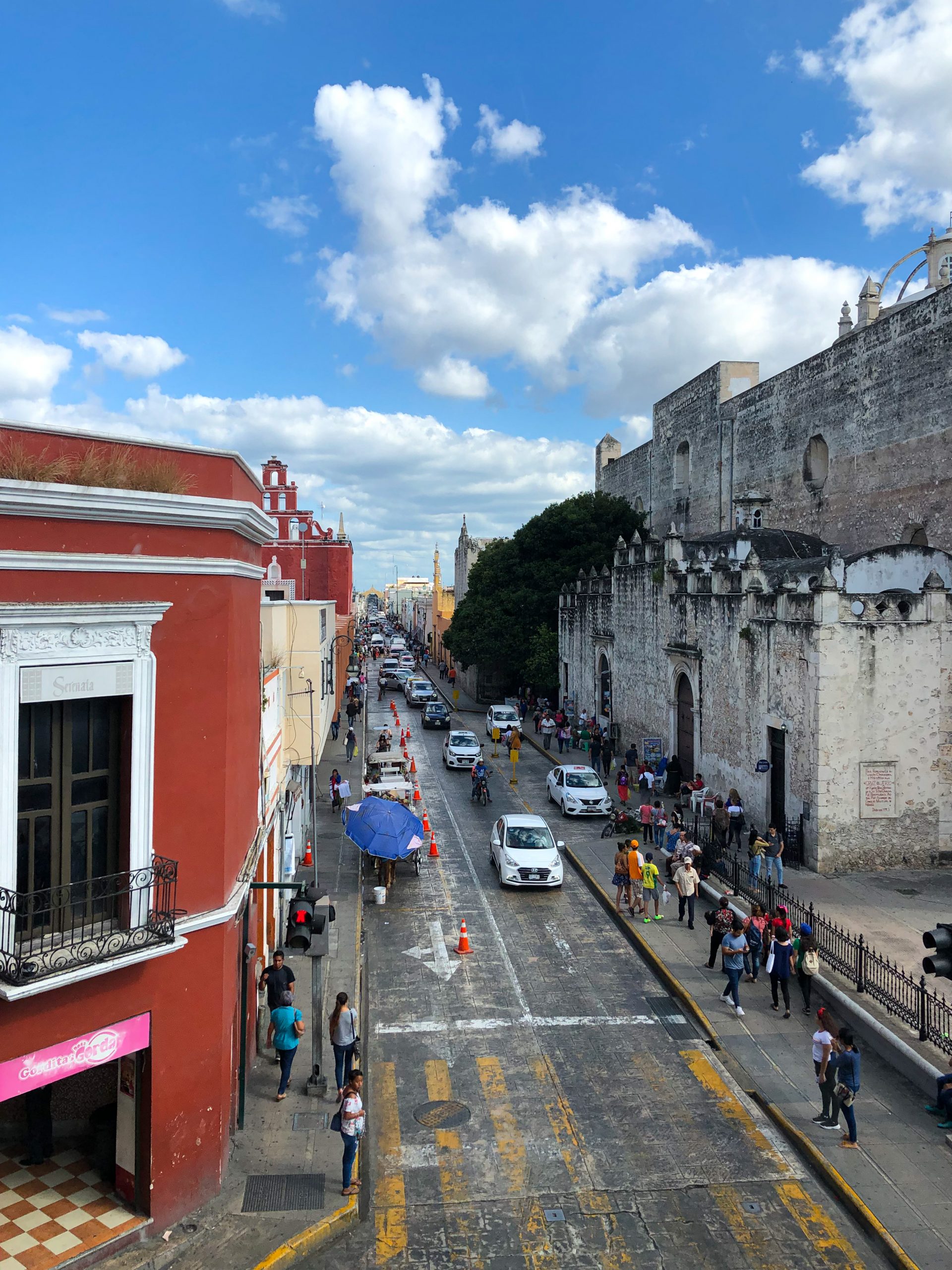
We spent four jam-packed days in Mexico City before we hopped on a plane headed for Mérida. If you’d asked me to tell you something about the city just six months ago, I may have offered, it’s the hottest city in Mexico?
At least that’s what I could remember a friend of Justin’s had told us about the place after living there for a few months some years ago. More recently, Justin spent a few days in Mérida after a work trip and made it sound like the best thing since sliced bread. From what he told me, Mérida was the perfect mix of laid back lifestyle, colonial charm, ancient tradition, and modern infrastructure.
Well they weren’t wrong. Well, mostly.* Anyway, even more exciting was that same friend who used to live there also happened to be in Mexico for a wedding. So he came to meet us and relive his glory days. I didn’t know it yet, but this city would end up being one of my favourite places to visit in the country.
So what makes Mérida so great? And not just any kind of great, but the better than baked goods kind. Aside from being one of the safest cities in Mexico, there are heaps of things.
The colonial architecture
If you venture out from the historic centre, Paseo de Montejo in downtown Mérida is full of old colonial buildings. If you’re an architecture nerd, you’ll love walking up and down the tree-lined boulevard with mansions turned office buildings, museums, banks, and boutiques (only a few of them are abandoned). I’m not but I still enjoyed wandering around and admiring them. Even if you don’t leave el Centro, the colourful pastels of the buildings around the plazas are quite nice to look at or take photos of.
The culture
During the day, everyone congregates in Plaza Grande to meet friends, take a walking tour, or enjoy the free wifi. It’s also a great place for people watching. At night you’ll find there is always something going on. Live music and cultural dances are performed often in the plaza, and street vendors sell all kinds of delicious savoury and sweet snacks.
Plaza Grande is also surrounded by Catedral de San Ildefonso, Palacio del Gobierno, and a couple secret free public buildings. I say “secret” because no one seems to know you’re allowed to go inside? There is no signage (in English or Spanish) and there are security guards standing by the entrances. But when we asked if we could look inside they all said yes. We found a couple art galleries, museums, and a restored mansion. Most of them also had air conditioning. Just goes to show it doesn’t hurt to ask!
The history
Yeah, you know I love me some historical facts. Here are some interesting ones about Mérida:
It’s often referred to as the “White City”, and when you see the white limestone bricks and tiles around the city you’ll understand why. Once upon a time though, the capital city of the Yucatan went by the name of T’ho. It was a Mayan city that met the same fate as many other Mayan cities when the Spanish arrived — namely that the existing temples and other buildings were dismantled and used to construct the cathedrals and other colonial buildings that still stand in the city today.
After a bloody Mayan rebellion against the European caste system that began in the 1840 (and lasted well into the 1900s), Mérida eventually became a booming commercial centre in the Yucatan. It was driven by the processing and export of locally grown sisal, an agave plant from which twine and rope are made.
In spite of the brutal treatment the Mayan people received over the years, they make up about sixty percent of the population of Mérida today. And the Mayan influence is seen everywhere from the food, to clothing, art, and ceremonial dances and performances held weekly in the city’s historical centre.
If you want even more history, you can spend a few hours at the Gran Museo del Mundo Maya. They have numerous exhibits (mostly in Spanish) about the Mayans and how they lived centuries ago up until present day. It’s easy and inexpensive to hire an Uber to take you there, and only a twenty minute ride from downtown. I have to warn you though, much like the life of the Mayans, the first half of the museum is very corn-centric. I could probably go so far as to say it’s a museum of corn, and no one could call me a liar.
If you have something against museums, or corn, you can instead take a free walking tour to get your bearings and learn a thing or two about the city. The tours start in front of the tourism office of the Palacio Municipal on the west side of Plaza Grande at 9:30am.
The food (and drinks)
I didn’t try the dish that Mérida, and the Yucatan, is most famous for because I don’t eat pork. Justin did though. Many times in fact, and he said it was glorious. Look out for Cochinita Pibil — pulled pork that’s been marinated in achiote (a red, peppery spice). You can’t miss it because every place you go in Mérida will claim they make the best one.
I on the other hand love soup, so I subsisted mostly on bowls of Sopa de Lima (a tangy chicken broth and lime soup made with shredded chicken and crispy tortilla bits), and of course tacos when we could find them, which was always.
If you’re looking for specific shout-outs, these are a couple of my faves:
La Negrita is a popular cantina with a shady patio and a good selection of craft beers and other drinks. Many of which are served in massive mason jars, so you’d better go thirsty. Bonus points for having old-timey saloon doors you can use to enter the establishment.
Cantinas, by the way, are local bars that serve drinks and typically have a small food menu or none at all. This is because after you order you’ll be offered botanas, or small snacks — think tortilla chips and pico de gallo, or simple tacos — for free with your drinks. The more you drink, the better the botanas become. If not better, then the same ones will come with more frequency. It depends on whatever they’re making in the kitchen that day, but either way you get free snacks with your drinks. Sounds like a win to me.
Mercado 60 is another fun place — an alleyway lined with food stalls with all kinds of Mexican dishes, a BBQ place, a bar, and I think I saw a pizza stall too. Best if you go with a group so you can spread out and grab a little of everything.
La Fundacion Mezcaleria is a late night bar that, unsurprisingly, specialises in mezcal — whether that be in a variety of shots or cocktails. Between the shots and cheap beers, you can very easily imbibe a little too much there. They also have live music most nights.
If you’re a coffee person like Justin, you could spend more than a few mornings in Manifesto cafe enjoying both their air conditioning and espressos. The beans for which they roast in-house upstairs, and are happy to talk to you about because they really love those beans. There’s enough space to do a bit of work on your laptop too.
There are a few fancier restaurants in Mérida’s Centro, all located around Parque de Santa Lucia, if that is more your style. Justin and I splurged one night and went to an Argentinian place called La Recova. The steaks were amazing, and I tried a carajillo for the first time. Or a variation of it. Carajillo is typically Licor 43 and espresso — their take was to add a vanilla infused tequila to the mix. Aside from a popcorn flavoured martini I had more than once in Isla Mujeres, I’d say this was my favourite drink in all of Mexico.
The proximity to other neat places
Mérida is within driving distance of a few interesting places. There are ruins, cenotes, beaches, and heaps more.
If you want to see ruins, Chichén Itzá and Uxmal are within about an hours drive from the city. If you have time to spare, I would recommend visiting Uxmal first and then heading to Valladolid for a day or two and visit Chichén Itzá from there. It’s much closer and you can get to the site before all the tour buses from Cancun arrive making the place super crowded.
Or at least that was our plan. Justin and his friend both got sick so we missed our bus in the morning and ended up having to skip the Uxmal part. There is a smaller, lesser known site called Dzibilchaltun that we visited another day though. It’s even closer than Uxmal so we made a day trip of driving there to see the ruins and a cenote, and then to the beach at Progreso afterwards.
Other places I didn’t have a chance to visit but are on the list for next time:
- Celestun: It’s a nice beach, and you can take a boat tour from here to see hundreds of flamingos that flock around the Celestun River Biosphere Reserve
- Izamal: A nearby city with buildings painted in a very photogenic shade of yellow
- Campeche: Another colourful city… but with a history fraught with pirates! And pirates are cool.
- Calakmul: The largest Mayan city that has ever been discovered (also near Campeche)
- Mayapan: Underrated Mayan ruins — with even fewer visitors than Uxmal
- Many, many cenotes, but especially those in Cuzama that require you to take a horse-drawn mining cart to get there. Yes, you read that right.
I would be remiss if I didn’t include the bad things about Mérida also… Just kidding, there are no bad things here. I loved Mérida and if I could live there I would!
In conclusion, you should go to Mérida
I think Mérida used to be an underrated destination… and it still is in some ways. It’s certainly nowhere near busy as places like Playa del Carmen or Cancun that entertain heaps of international tourists. Sure there will be a few, and there is a big expat community there, but by far most of the people we met were other travelers from around Mexico.
But it looks like more and more tourists are making their way to the capital city of Mexico’s Yucatan state these days. If I were you, I would try to make it soon before it blows up and becomes the next hot tourist destination. Or not, then I can keep the place to myself. 🤫
* It was pretty hot in the city, but I’ve yet to find anything official outside of anecdotes to indicate that it is in fact “the hottest city in Mexico”. Sorry, Mark! 😬

